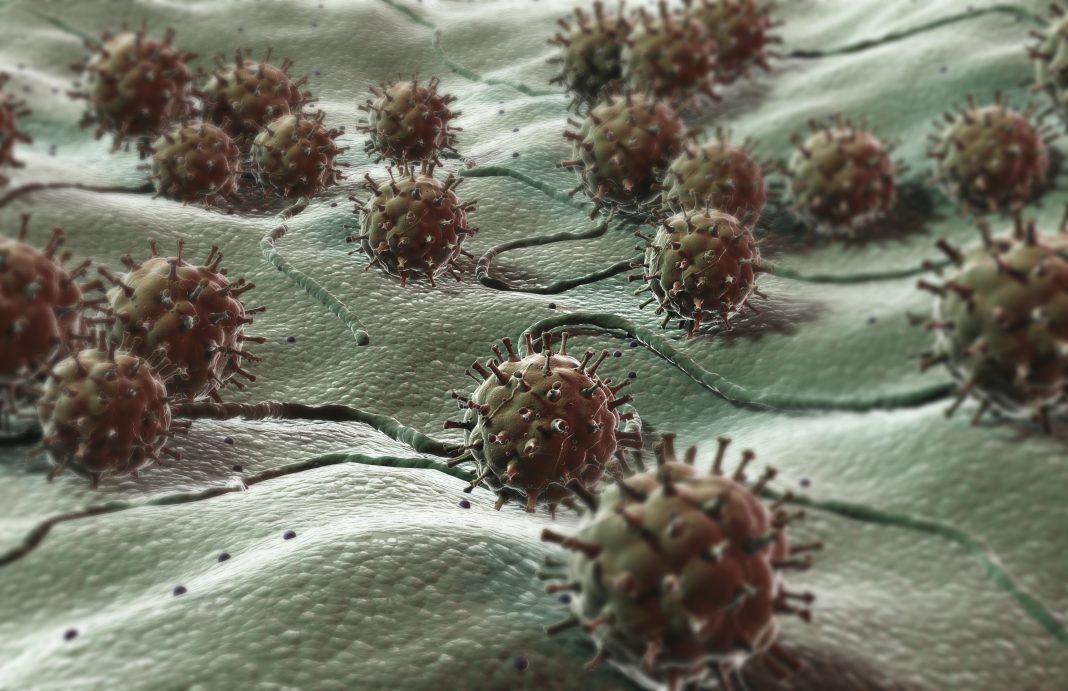Through a recent agreement with Oxford Genetics, Aldevron will now be providing the plasmids necessary for lentivirus production to their customers, according to an announcement made last week at the Phacilitate Leaders World, World Stem Cell Summit, in Miami, Florida.
James Brown, Aldevron’s vp of corporate development told GEN that these “ready-to-use” lentivirus plasmids will reduce both the manufacturing costs and delivery times for gene therapy projects—giving a jump start to the research that aims to transform medicine.
“Genetic medicine has experienced tremendous growth with the approval of multiple products that dramatically improve life,” Michael Chambers, CEO of Aldevron, said in a press release. He added, “Lentiviral vectors are the key component for manufacturing many of these treatments. The free availability of lentiviral packaging plasmids will significantly reduce the time and cost to develop and commercialize these products.”
Gene therapy is a promising treatment option for multiple diseases, including inherited disorders, cancers, neurological disorders, and many more. However, the complexity of using viral-based vectors presents hurdles on the path of drug development. In order to create lentivirus vectors, four separate plasmids are required—three “packaging plasmids” and one “expression plasmid.” The three packaging vectors in Aldevron’s pALD Lenti product line (pALD-Rev, pALD-VSV-G, and pALD-GagPol) form the common viral components and remain pretty much the same no matter what product you’re making, although there have been different generations and variations over time. The fourth plasmid carries the transgene payload that is being delivered to the patient.

In order to move a product into the clinic, the biologics must be produced under current good manufacturing practices (cGMP.)
Brown told GEN that last week’s announcement is an “expansion of the company strategy to offer high-quality GMP grade products off-the-shelf” noting last year’s rollout of a similar off-the-shelf AAV product in collaboration with Asklepios BioPharmaceutical (AskBio). The idea to offer the AAV line of plasmids at GMP grade came to Aldevron about a year ago, when they found themselves manufacturing the same plasmids over and over again. But, the demand for capacity of viral vector was so incredibly high, that they wanted to think outside the box and looked to Oxford Genetics, who had been offering these plasmids for some time on a smaller scale. Clients can now use these plasmids as they are doing the leg work, before they consider moving into the clinic—a major advantage as some viral vector manufacturing can have a timeline that looks out 12–18 months.
Another important aspect is the royalty-free aspect of the plasmids. Brown said that there is a lot of IP running around in this space, and it is “kind of a minefield.” But he noted that this system is completely royalty free noting that “it could be used to make a billion-dollar drug with no worries.” Brown told GEN that this system may be useful to anyone who is interested in working with lentiviral vectors, from immuno-oncology and CAR-T to viral vector CMOs who are excited about having their own supply to have as a stock item for their production.



